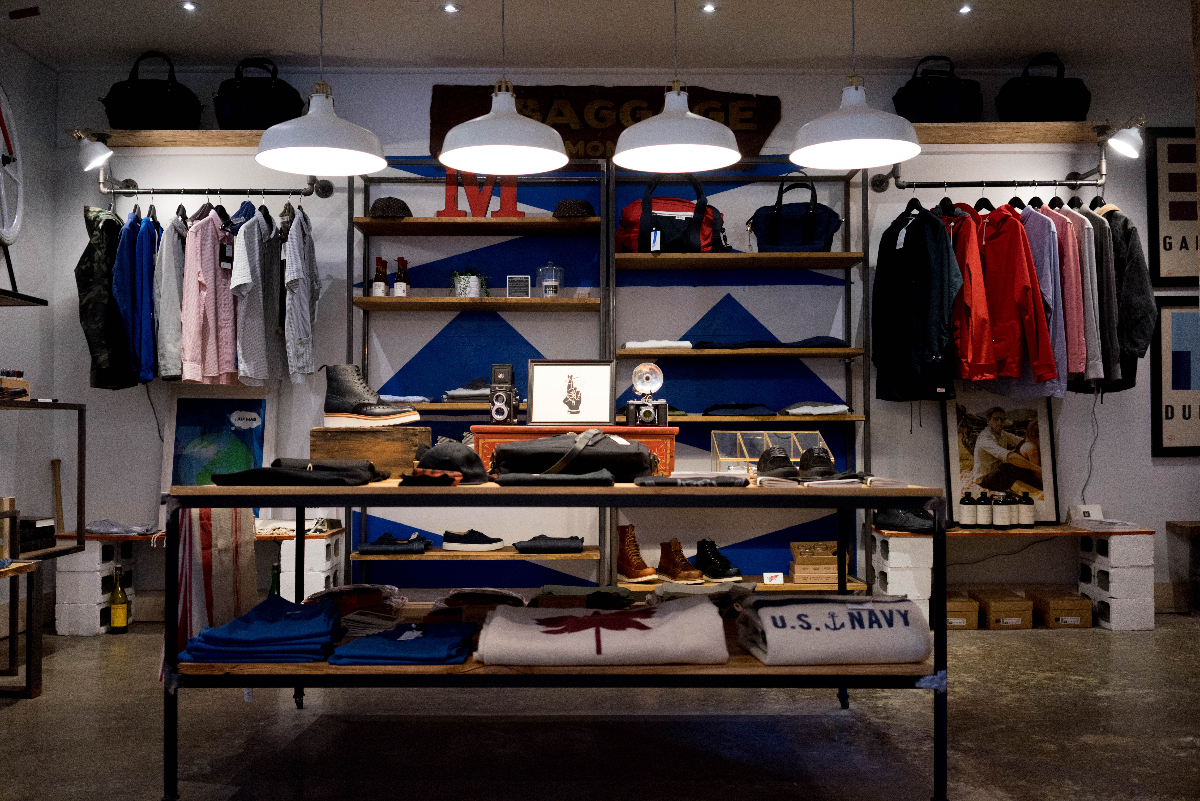Today’s innovations are having a significant impact on product marketing strategies. Augmented reality (AR) is one such innovation that has emerged as a cutting-edge tool for brands to engage with customers.
AR establishes a different digital experience that enhances the consumer-brand relationship and can be used in any area. These include such as personal computers, smartphones, tablets, and stores. When it comes to Augmented Reality in retail, as many as 32% of users use AR for shopping. AR retail statistics demonstrate how the market has embraced innovation and is expanding rapidly with its assistance.
This article will discuss what augmented reality can be used for in retail.
How AR is Being Used in the Retail Sector
The influence of AR on retail has been enormous, bringing numerous benefits to a business. AR in retail is a completely different ball game, from simplifying the process to creating purchasing easier for more people. The following are the most commonly observed consumer advantages of AR in retail.
Personalization of User Content
Retailers frequently alter content to suit the highest client expectations. You may have noticed retail stores screening out information for you so that you can search for relevant things without spending time.
This has been accomplished in a variety of ways. Another technology known as Virtual Reality (VR) is used for digital content creation. They work together to create complete AR and VR retail services.
Minimizing Wait Times
Standing outside dressing rooms to try on clothes while shopping can be tedious and time-consuming. As a result, there are AR applications that can help you see how they look and match your body on a digital display in front of you.
You can utilize this technology when purchasing online. You’re shopping for glasses, and the software scans your face to place the frames on your digital reflection. Gamification strategies like this are extremely effective at increasing retail sales.
Combining In-Store and Online Shopping
Shopping is often regarded as a pleasurable activity. With many retail establishments and such a dense community, it might be difficult to find the correct goods at times.
One of the primary advantages of AR in e-commerce is that it simulates the same feeling of traditional purchasing techniques without the inventory level costing and never-ending lineups.
Increasing Brand Presence and Awareness
AR is a fantastic tool for increasing a firm’s brand exposure among a broader audience. Mobile applications with cutting-edge AR features will assist a brand in providing customers with one-of-a-kind experiences.
Augmented reality in retail marketing techniques provides firms a lot of leeway to develop inventive ways for interactions, establishing a tunnel for quick response.
Removes Language Barriers
Although there are still some obstacles with so many dialects spoken around the globe, they are only temporary. AR-based purchasing applications have features that channel languages so that it is location-specific and helps you grasp its offerings using AR and AI techniques.
If you’re using printed brochures, AR content will direct you to the most convenient languages for you.
Earn a Higher ROI
Since AR is a new technology still evolving, an e-commerce or m-commerce retailer that offers AR-based services would undoubtedly make far more profit than those who do not. AR incorporation in the retail industry has become a must-have trend today.
This can partly be attributed to the fact that making an AR mobile application nowadays has become simple and inexpensive.
Enhancing the Shopping Experience
Whether you are shopping online or offline, a merchant should offer the most effective means so that you have a worthwhile buying experience and would choose to return to the shop, store, portal, or app.
Enhanced In-Store experiences with digital/virtual reflections are a significant addition that is growing with time.
Solves Sanitary Issues
Infection and social isolation are becoming key concerns since the Covid-19 pandemic. eCommerce and digital shopping experiences help avoid illness transmission. While sitting on the couch at home, AR shopping experiences resemble genuine shopping.
With “Try On” and “Try Out” capabilities, the Augmented Reality marketing approach lowers the requirement for things to be touched and felt even in stores. Overall, incorporating AR into the retail industry benefits the hygienic concerns in consumers’ minds.
Brands Adopting AR for Retail
When it comes to corporate conversion with the help of AR, big names in the commercial environment are doing some seriously remarkable work. Brands have confidently devised AR benefits for online and offline shopping to suit the whims of a user. A few businesses that have engraved their identities in AR-based application fields are listed below.
IKEA
IKEA is undoubtedly the most well-known name in the retail sector when it comes to buying stuff for furniture and electronics. Its augmented reality (AR) innovation in retail is extremely useful for consumers since it enables them to identify a specific piece of furniture with their smartphones and then transpose it into the picture of their space at home.
You can do it in your bedrooms, kitchen, bathroom, hall, entrance, and lawn, among other places. This saves you a lot of time and effort.
Vespa
After downloading the application, simply hover your smartphone over the magazine as demonstrated in the video, and a scooter will appear. You can personalize the vehicle to your liking. You can modify the colors, add or eliminate accessories, search for new styles, etc. This is a unique application of augmented reality marketing.
Topshop
Topshop, the fashion retailer, is a shining example of AR inventiveness. The company has put up terminals in its retail outlets where customers can view a digital mirror of themselves and try on each piece of apparel using the reflective picture. The gowns can be altered one by one using hand movements. The entire procedure improves the happiness of the consumer and the morale of others around them.
Adidas
Adidas proves that tech is all about creativity by using augmented reality in eCommerce. It recently revolutionized the game by releasing a new pair of shoes. The new AR function made its premiere at ComplexCon CA 2018. Users had to install the ComplexCon app on their smartphones, which would then direct them to a location where they could buy new sneakers.
AR-enabled signs were placed at specific locations, and users simply had to aim their phones at them and follow the instructions. This allowed people to purchase sneakers without speaking with Adidas Originals’ staff in person.
Sephora
Sephora has developed the Virtual Artist App, an AR application that uses technology to allow application developers to see how cosmetic products would look on their faces using their cellphone’s camera. Users can also learn what equipment and supplies they will require to apply specific items.
This technology invites customers to become brand ambassadors by capturing and discussing their AR experiences on social media.
Burberry
Burberry’s partnership with Google changed its customers’ shopping experience. It cleverly transferred the in-store purchasing experience to customers’ smartphone devices. Burberry provided 3D photos of their products to customers browsing for them online. Consumers discovered 3D photos of the things by inputting the appropriate product name into Google.
This provided buyers with a more genuine perspective of products before purchasing, thus removing the need to go to the retail outlet and deal with the item in reality and possibly reducing the possibility of returns.
Future of AR in Retail
Although augmented reality is frequently described as a futuristic technology, this is not the case. AR has already penetrated every aspect of the retail industry. Wearing AR-enabled glasses or browsing through augmented reality mobile apps, you will soon be sitting in the comfort of your sofa or sipping a cup of coffee in the kitchen, shopping for everything you need.
Yes, you can do all of this without even leaving your house.
Retailers continue to look for ways to incorporate augmented reality into their stores. The more they engage with the innovation, the sooner it becomes a standard element of the physical shopping environment. AR will make it easier for shops and brands to communicate with their customers.
The retailer will provide engaging AR content to their customers, who learn more about the item quickly and enthusiastically.
Conclusion
Marketers who are willing to try new things and adopt cutting-edge innovations for business growth are more likely to increase their market share and profitability.
Although we can see the strong growth of successful projects in recent years, AR marketing and retail are relatively new.
Retail is an interesting area to observe AR because the outcomes can be seen in actual statistics, with live feedback from the customers.


